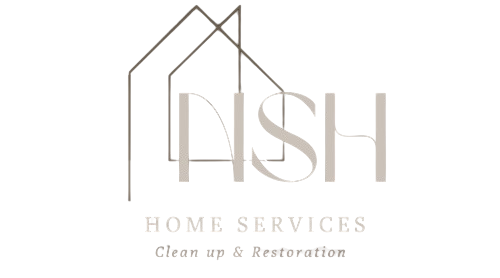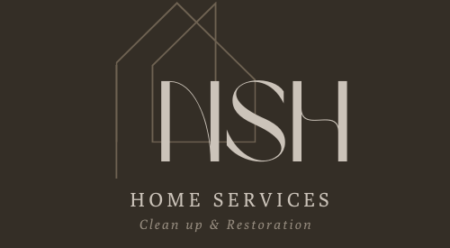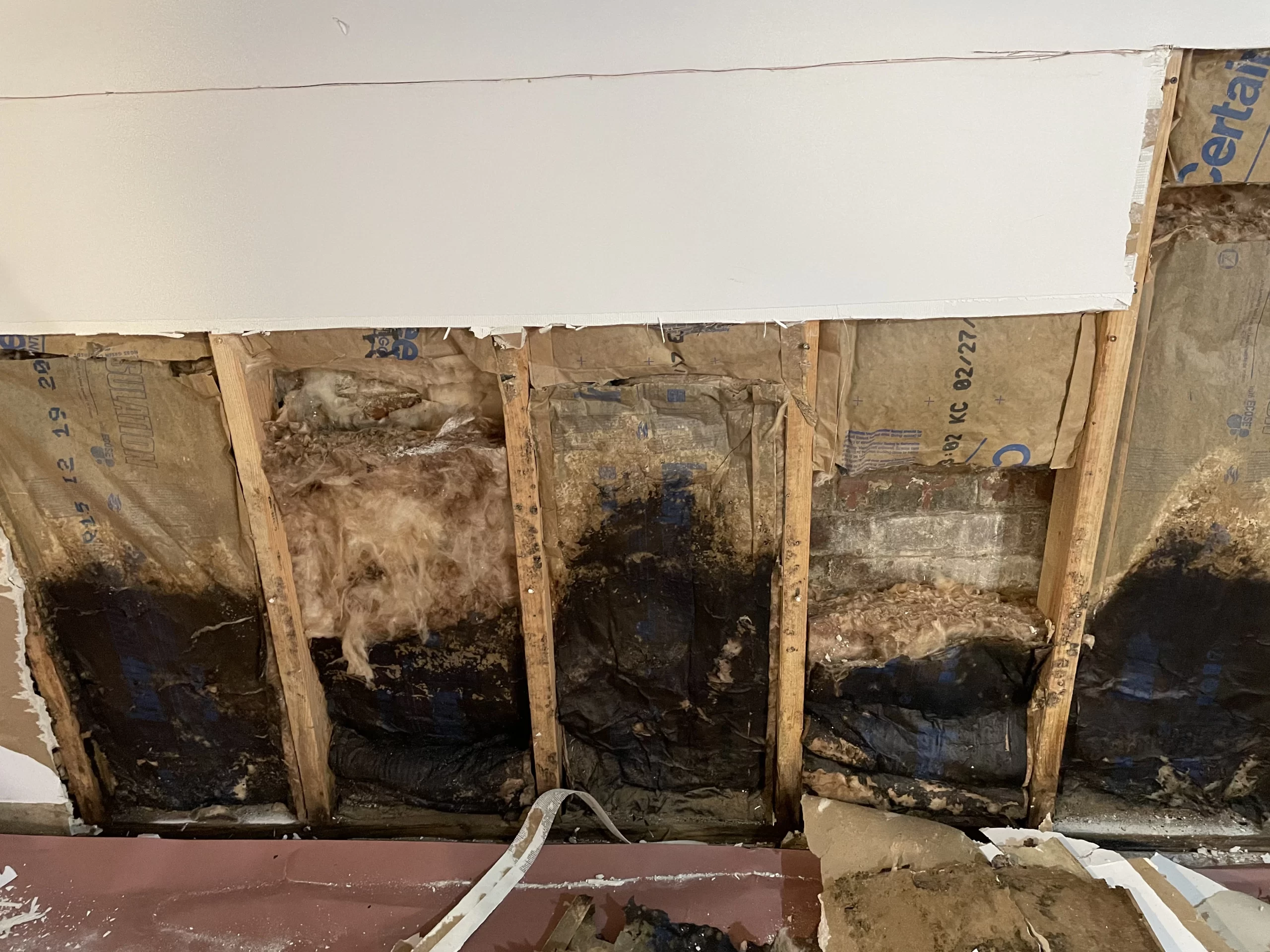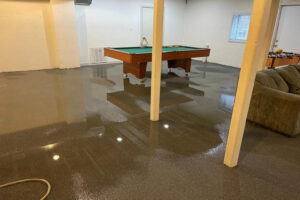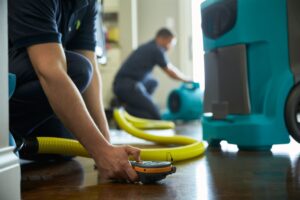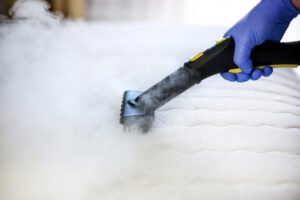Dealing with mold can be a daunting task for both homeowners and professionals. Understanding the right approach is crucial to ensure safety and effectiveness. NSH Home Services specializes in this area, offering advanced training and equipment to efficiently handle mold damage and restoration.
Mold spores are everywhere, making complete removal impossible despite some claims. Professional strategies are essential to control and manage the situation. Improper handling can lead to serious health risks and property damage.
For immediate expert assistance, call +1 (551) 220-6990. NSH Home Service’s team is ready to help you tackle mold issues with precision and care.
Must know about the Mold Remediation Process
- Mastering mold remediation is vital for safety and effective cleanup.
- Mold spores are omnipresent and require professional strategies.
- Improper handling can lead to health risks and property damage.
Understanding Mold and Its Risks
Mold is a natural organism that can become a serious issue indoors. While it plays a role in breaking down organic matter outdoors, it can harm your home and health when it grows inside. Understanding its nature and risks is crucial for effective management.
What is Mold?
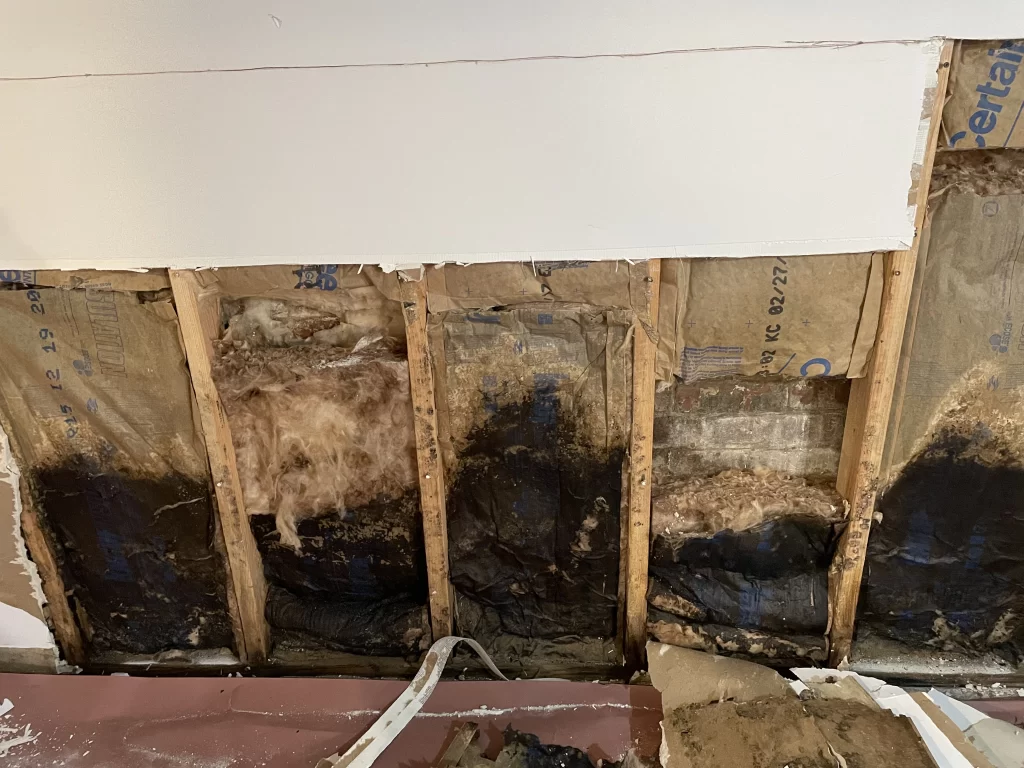
Mold is a fungus that reproduces through tiny particles called mold spores. These spores float in the air and can enter your home through windows, HVAC systems, or even on pets. Once inside, they thrive in damp environments and can form colonies within 24-48 hours.
Health Risks Associated with Mold
Mold exposure can lead to various health issues. Common symptoms include allergies, respiratory problems, and skin irritation. Certain types, like Stachybotrys chartarum (toxic black mold), can produce harmful toxins that affect long-term health. Addressing mold promptly is essential to protect your well-being.
Common Types of Mold
Different types of mold prefer specific environments. Here’s a quick overview:
| Type | Preferred Habitat |
| Cladosporium | Wood, carpet |
| Penicillium | Insulation |
| Aspergillus | Walls |
| Stachybotrys | Damp areas, basements |
Preventing mold growth starts with controlling moisture. Fix leaks, reduce humidity, and ensure proper ventilation to keep your home safe and healthy.
Why Mold Remediation is Essential
Ignoring mold growth can lead to severe consequences for your home and health. Addressing it promptly ensures your property remains safe and your well-being protected. Here’s why taking action is crucial.
Property Damage Caused by Mold
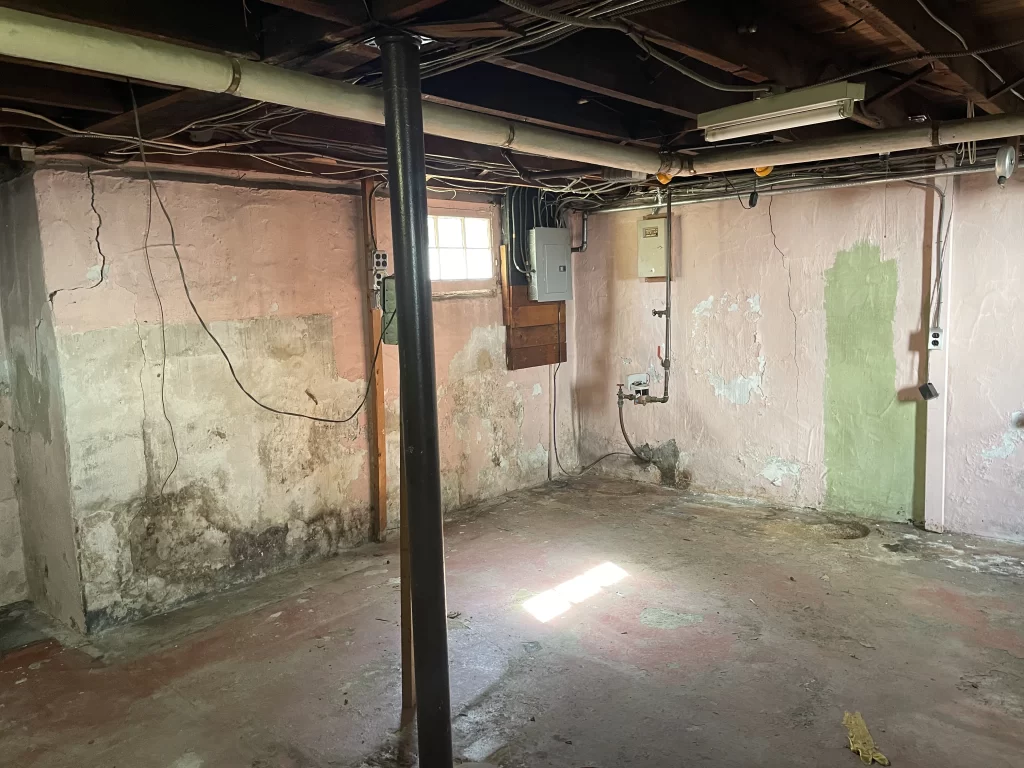
Mold can wreak havoc on your home’s structure. It thrives in damp environments, breaking down materials like drywall, wood, and carpets. Over time, this decay weakens the integrity of your property, leading to costly repairs.
NSH Home Services emphasizes that musty odors are often the first sign of an infestation. Indoor humidity levels above 45% create the perfect breeding ground for mold. Hidden growth in walls or ceilings can worsen structural issues, making professional assessments essential.
Long-Term Health Implications
Prolonged exposure to mold poses serious health risks. Common symptoms include allergies, respiratory problems, and skin irritation. Certain types, like toxic black mold, can produce harmful toxins that affect your immune system and lead to chronic conditions like asthma.
Taking steps to control moisture and eliminate mold is vital for safeguarding your health. Professional services ensure thorough removal, preventing long-term health implications.
- Mold decays building materials, requiring expensive repairs.
- Musty odors and high humidity signal potential infestations.
- Prolonged exposure can cause chronic asthma and immune disorders.
- Hidden mold in walls or ceilings can compromise structural integrity.
- Professional assessments prevent irreversible property damage.
Identifying Mold in Your Home
Your home might be harboring mold without you even realizing it. Early detection is key to preventing damage and health risks. Knowing where to look and what to watch for can make all the difference.
Common Areas for Mold Growth
Mold thrives in damp, dark spaces. Some of the most common areas include bathrooms, basements, kitchens, and attics. Pay special attention to spots like under sinks, shower stalls, and windowsills, as these are often overlooked.
High humidity levels can also encourage growth. Regularly check areas prone to moisture, such as laundry rooms and crawl spaces. Using a humidity monitor can help you stay ahead of potential issues.
Signs of Mold Infestation
Visible discoloration, like black or green patches, is a clear sign of mold. Peeling wallpaper or bubbling paint can also indicate moisture problems. Warped floors or ceilings are another red flag.
Musty odors are often the first clue of an affected area. If you or your family experience persistent allergies or respiratory issues, hidden mold could be the culprit. Addressing these signs promptly can prevent further damage.
Preparing for Mold Remediation
Proper preparation is the foundation of any successful project. Before tackling the issue, it’s essential to gather the right tools and take necessary safety measures. This ensures the job is done efficiently and without unnecessary risks.
Safety Precautions
Wearing PPE (Personal Protective Equipment) is crucial to avoid inhaling spores or skin contact. COIT recommends goggles, gloves, N95 masks, and disposable coveralls. These items protect you from harmful particles during the cleanup process.
Proper ventilation is also key. Open windows or use fans to ensure fresh air circulates. For containment, seal off the affected area with plastic sheeting. This prevents spores from spreading to other parts of your home.
Tools and Materials Needed
Having the right tools makes the job easier and more effective. Here’s a list of essentials:
| Tool | Purpose |
| Spray Bottles | Apply cleaning solutions |
| Scrub Brushes | Remove stubborn growth |
| HEPA Vacuum | Clean up spores |
| Dehumidifiers | Reduce moisture levels |
| Plastic Bags | Dispose of contaminated materials |
Always test cleaning solutions like vinegar or hydrogen peroxide on a small area first. This ensures they won’t damage surfaces. Dispose of contaminated materials safely to prevent further issues.
Step-by-Step Mold Remediation Process
A systematic approach is essential for effectively handling mold problems. NSH Home Services follows a detailed step-by-step method to ensure thorough and safe removal. Here’s how the process works:
Step 1: Emergency Contact
The first step is reaching out for professional help. NSH Home Services offers 24/7 emergency services to assess the situation quickly. Prompt action prevents further damage and ensures a swift response.
Step 2: Inspection and Mold Damage Assessment
Experts conduct a thorough inspection to determine the extent of the issue. Advanced tools like moisture meters and infrared cameras help identify hidden growth. This step ensures a tailored plan for effective removal.
Step 3: Mold Containment
To prevent spores from spreading, professionals use advanced containment methods. Negative air chambers and plastic sheeting isolate the affected area. This protects unaffected parts of your home during the process.
Step 4: Air Filtration
HEPA air scrubbers capture airborne spores, improving indoor air quality. These devices are essential for removing microscopic particles that can cause health issues.
Step 5: Removing Mold and Mold-Infested Materials
Porous materials like drywall and carpets are carefully removed. Antimicrobial treatments are applied to prevent future growth. This ensures a clean and safe environment.
Step 6: Cleaning Contents and Belongings
Professionals clean and sanitize affected items, including furniture and personal belongings. Specialized techniques restore your possessions to their original condition.
Step 7: Restoration
The final step involves restoring your home to its pre-damage state. This can range from minor repairs like painting to major rebuilds. NSH Home Services ensures your space is safe and functional again.
Following these steps guarantees a thorough and efficient restoration process. Trust NSH Home Services to handle your mold issues with expertise and care.
